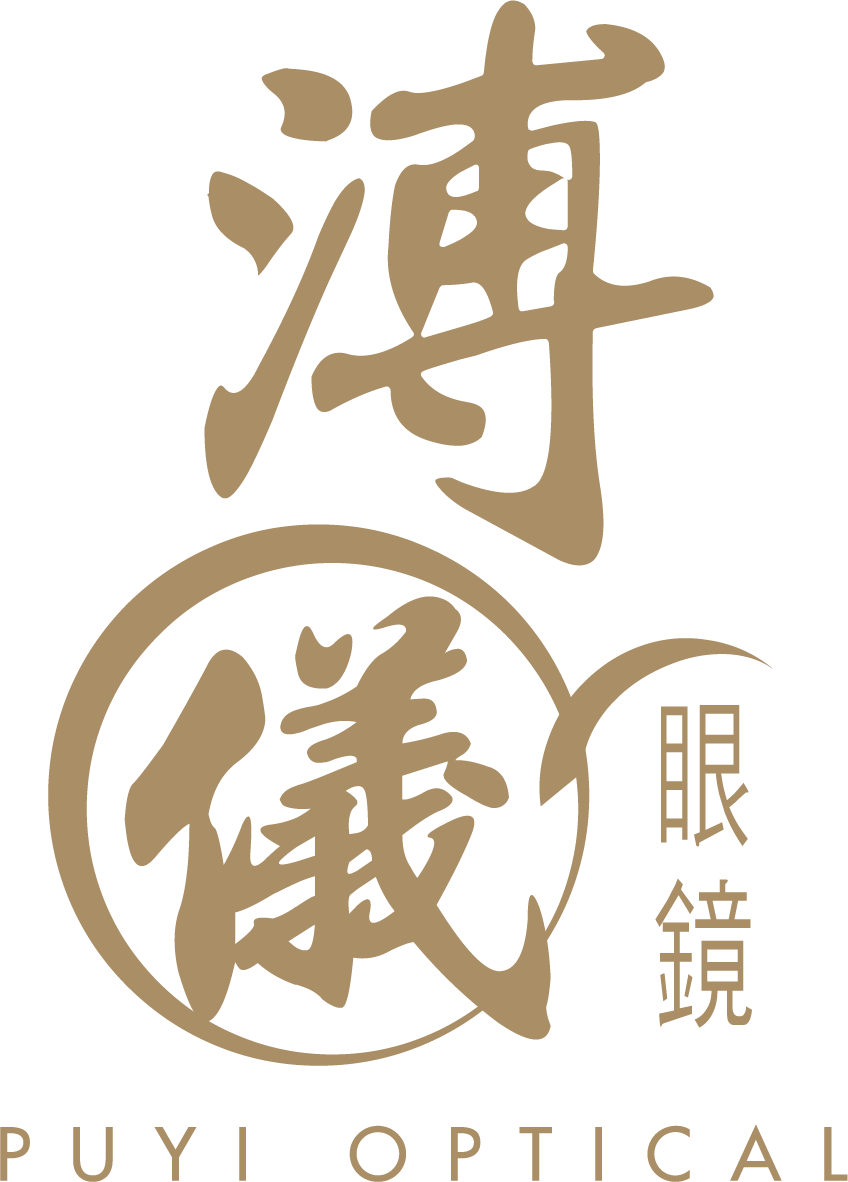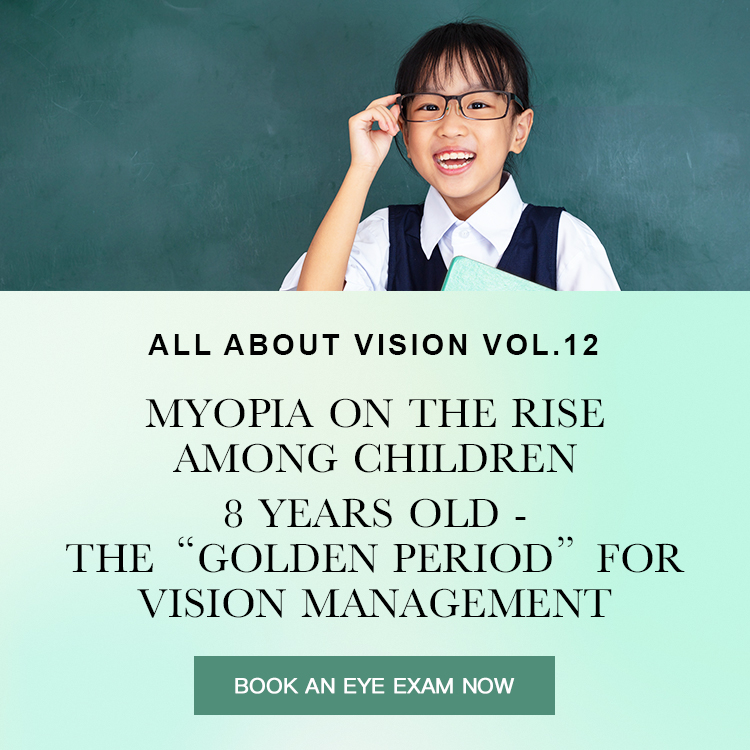MYOPIA ON THE RISE AMONG CHILDREN 8 YEARS OLD - THE “GOLDEN PERIOD” FOR VISION MANAGEMENT
Please select services location & shipping destination
With heavy homework loads and increasing screen time, myopia among Hong Kong’s schoolchildren has become a growing concern. A recent survey by the Hong Kong Association of Private Practice Optometrists found that nearly 20% of primary school students show a startling 275 degrees of myopia in their first eye examination, while 37% of primary school parents interviewed have children affected by myopia, with an average of 170 degrees. Even more shocking, approximately 6% of students have severe myopia of 425 degrees or more, making this a worrying trend that cannot be ignored.
These alarming numbers are especially concerning due to the fact that only 70% of parents have ever taken their children to have their eyes tested. It is crucial that parents recognize that profound myopia in childhood increases the likelihood of developing severe eye diseases in adulthood – and that risk grows with age. To protect their children's sight, they must seize the "golden period" of childhood eye development as early as possible.
Children who suffer from profound myopia face a greater risk of developing severe eye diseases in adulthood:
SEE HOW EYES GROW EYESIGHT TO LAST A LIFETIME
The eyes continue to develop and grow after birth, and isn’t finished growing until well into puberty, around the age of 18-21. If a child’s eyeball grows abnormally — too quickly, too short/long, or the cornea is too curved etc, then they will have vision problems. For examples, if a young child suffers from amblyopia, treatment must happen before the age of eight when the visual cortex in both hemispheres matures; myopia progresses most quickly around the age of 8-12 so timely treatment is vital!
Many vision problems are irreversible once the “Golden Period” for treatment is missed!
BEOFRE THE AGE OF 8 IS THE GOLDEN PERIOD FOR CORRECTING VISION PROBLEMS IN CHILDREN
THE SOONER, THE BETTER!


STANDARD VISION REFERENCES FOR CHILDREN
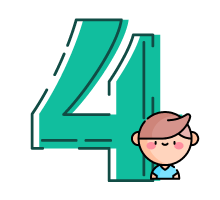

4 Years Old: 0.5
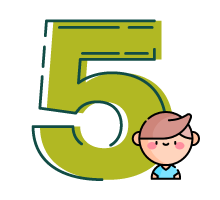

5 Years Old: 0.6 - 0.7
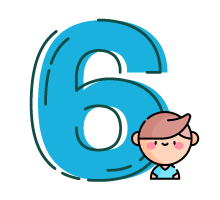

6 Years Old: 1.0 (standard vision)
COMMON VISION PROBLEMS IN CHILDREN MAY AFFECT THEIR SOCIAL LIFE AND STUDIES
DOES YOUR CHILD HAVE THESE EARLY SIGNS OF VISION PROBLEMS?
Squinting, looking sideways at the TV
Often rubs their eyes
Abnormal pupil position
Difficulty paying attention
Complains about headaches after homework
Covers one eye while reading or watching TV
Gets closer to see things clearly
Stumbles often
Poor grades, difficulty concentrating and reluctance to do homework may not be laziness, but signs that a child is experiencing vision problems. Parents should schedule an eye examination promptly to address any potential vision problems, which may not only help the child’s academic performance, but also boost their confidence overall.


A VARIETY OF PROFESSIONAL MYOPIA MANAGEMENT LENSES FOR CHILDREN
GETTING READY FOR SUMMER FUN AND GOING BACK TO SCHOOL
HOYA MiYOSMART
For another reliable option is the HOYA MiYOSMART children's myopia management lenses have won international awards for effectively slowing the progression of myopia. They come in transparent, photochromic, and polarized options suitable for both laidback and active children.


BOOK A PROFESSIONAL EYE EXAM
START MANAGING YOUR CHILDREN’S MYOPIA AS SOON AS POSSIBLE




Puyi Optical uses state-of-the-art optometry equipment to offer detailed and reliable eye health analysis, including examination of the bottom of the eye, diopter tests, and strabismus detection. Our team of professional optometrists can recommend suitable corrective lens solutions and provide eye protection advice based on the child's lifestyle and habits, enabling them to see the world with clear and comfortable vision.
